-

Continuing tradition
Samsung Galaxy Watch 7
The Samsung Galaxy Watch 7 carries on from the company’s previous smartwatches with improvements in a few key areas to make it a premium Wear OS choice.
Pros- Lightweight and comfortable
- Bright screen for outdoor use
- Improved heart rate monitoring
Cons- No mechanical bezel
- No more Wireless Power Share
-
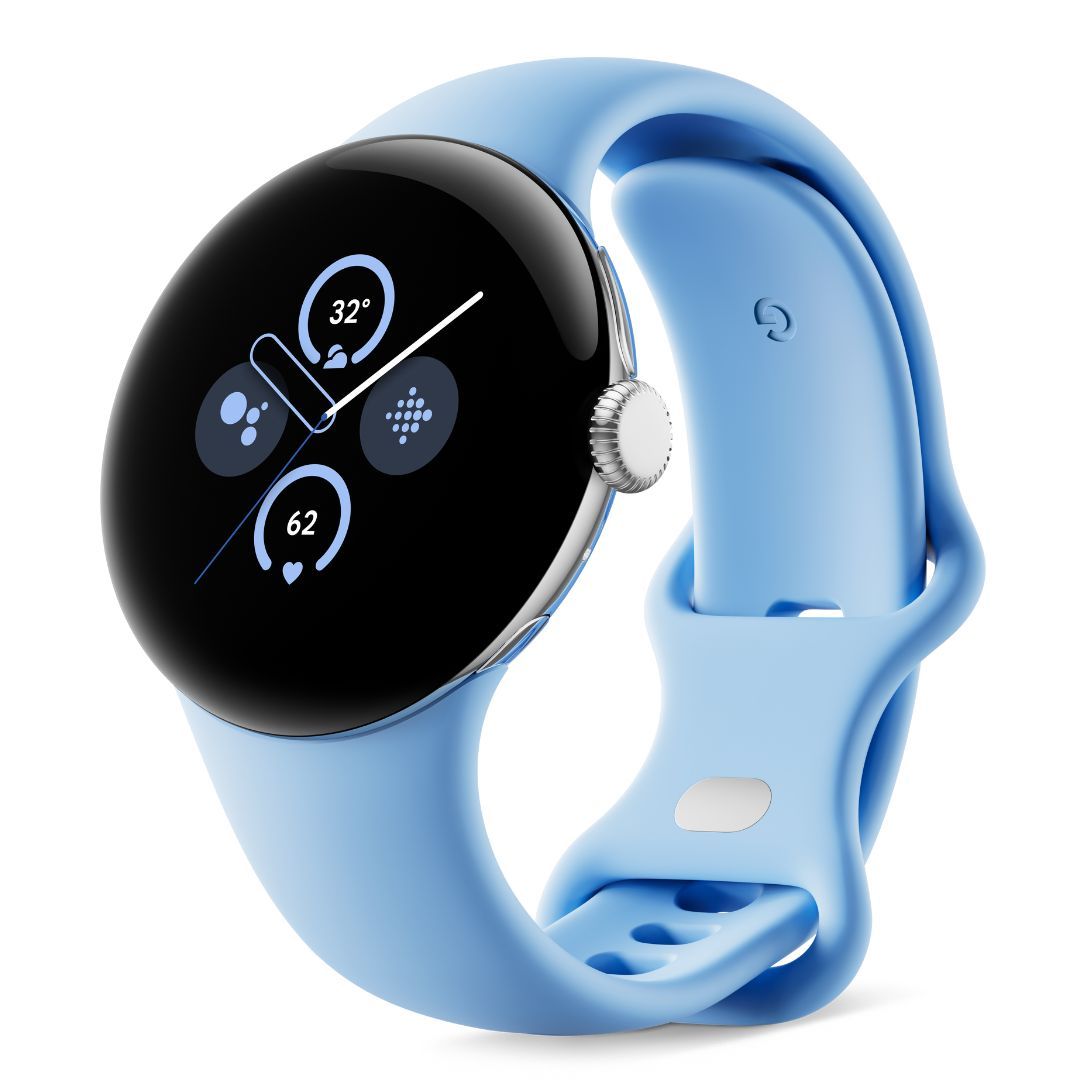
Looking familiar
Google Pixel Watch 2
The Google Pixel Watch 2 looks elegant on anyone’s wrist and runs Wear OS with some visual splendor. Fitbit integration makes things interesting if you want a smartwatch with usable features.
Pros- Great Fitbit integration
- Snappy Wear OS performance
- Still a gorgeous design
Cons- Only one size option
- Not a battery stalwart
Samsung rarely surprises anymore with each iteration, though that’s not necessarily a negative when the foundational points are so solid. The Galaxy Watch 7 has a familiar look and feel, leaving much of the build intact. That’s very much the case with the Google Pixel Watch 2; the sequel leaves much of the outside in place while refining the inside a lot more. So, how does this familiar paring pan out feature-wise? Both are among the best smartwatches for Android, making this comparison an interesting choice either way.
Price, availability, and specs
In keeping with the trend, the Galaxy Watch 7 still starts at the same $300 for the 40mm size (in Green or Cream) as the Galaxy Watch 6. For the 44mm version, you’re looking at $330 to start in Green or Silver. Add an extra $50 for either size for the LTE variant. Samsung offers decent trade-in deals to lower the upfront cost, including accepting wearables from its own lines and various competing brands.
The Pixel Watch 2 only comes in a 40mm size, starting at $350 for the Wi-Fi/Bluetooth version, whereas the LTE variant is $400. Either variant comes in Polished Silver/Bay, Matte Black/Obsidian, Champagne Gold/Hazel, and Polished Silver/Porcelain. You can also try Google’s trade-in offers to lower the watch’s cost, including other smartwatches from Google, Samsung, Fitbit, and Apple. Just remember that this is no longer Google’s latest watch, with the Pixel Watch 3 announced in August 2024.
-
Samsung Galaxy Watch 7 Google Pixel Watch 2 Case size 40mm; 44mm 41mm Case Material Aluminum Aluminum Display 1.3″ 432 x 432 AMOLED (40 mm); 1.5″ 480 x 480 AMOLED (44 mm) 1.2″ 450 x 450 AMOLED CPU Samsung Exynos W1000 Qualcomm Snapdragon W5 with Cortex M33 co-processor RAM 2 GB 2GB Storage 32 GB 32GB Battery 300 mAh (40 mm); 425 mAh (44 mm) 306mAh Cellular connectivity LTE (optional) LTE Wi-Fi connectivity 2.4 GHz; 5 GHz Wi-Fi 6 Bluetooth 5.3 5.0 Software One UI 6.1.1 Watch/Wear OS 5 Wear OS 4 Health sensors Optical bio-signal; electrical heart signal; bioelectrical impedance; temperature Optical heart rate, SpO2, ECG, continuous EDA, skin temperature Dimensions 40.4 x 40.4 x 9.7 mm (40 mm); 44.4 x 44.4 x 9.7 mm (44 mm) 41 x 41 x 12.3 mm Weight 28.8 g (40 mm); 33.8 g (44 mm) 31g (without strap) IP Rating IP68 IP68 Colors Green; Cream (40 mm); Silver (44 mm) Matte Black; Polished Silver; Champagne Gold Price From $300 Starting at $350
Design
Looking very familiar all around
Samsung consistently finds ways to decrease the weight of its Galaxy Watches. Case in point, the 44mm weighs just 34 grams, while the 40mm weighs just shy of 29 grams. These figures are without the strap, but even so, the Galaxy Watch 7 should never feel cumbersome. The bright Super AMOLED screen also remains the same size for both options, along with a haptic bezel to emulate the physical rotating one from the Classic models of the past. Despite the light weight and familiar dimensions, storage expands to 32GB, offering space for more apps and music to listen offline.
You still get the same IP68 dust and water resistance, plus a slew of sensors to measure heart rate, blood oxygen, and BioActive impedance — not to mention the ability to do ECG (electrocardiogram) tests straight from your wrist. Apart from that, little has changed in how the Galaxy Watch 7 looks compared to the Watch 6. Even the straps from that model will fit the newer one.
The Pixel Watch 2 bears a striking resemblance to its predecessor, which includes a rounded AMOLED display that’s more exposed than your average watch because there’s no frame around it. It feels just as lightweight as the Galaxy Watch 7 does, and the digital crown is a nice way to scroll through menus without touching the screen. There’s only one 41mm size, so if it’s not big enough, Google doesn’t give you another option. Even so, there’s an elegance to the watch that’s easy on the eyes.
Keeping things largely the same means Google’s proprietary lug mechanism won’t hold you back from finding additional straps, including from third-party manufacturers, except you won’t be doing it with other watches. Samsung has an edge using standard 20mm lugs.
Software and health and fitness
Different styles, same Wear OS
It’s worth noting that these two watches’ respective screens can affect the software. The main reason is that Samsung continues to utilize Super AMOLED displays with double the brightness of the Pixel Watch 2. Using them in daylight makes the discrepancy all the more obvious. Otherwise, they are both Wear OS watches, save for the clear differences in design and layout. Samsung’s One UI Watch 6.1 features a different look that caters a little more to Samsung’s apps and features. Samsung Health figures most prominently in tracking health and fitness metrics, much like watch faces and other apps are available in the Galaxy Store.
Google’s acquisition of Fitbit bakes the latter’s tracking features into the Pixel Watch 2, treating the smartwatch a lot like your average Fitbit device. The only issue is you have to subscribe to Fitbit Premium to get the full gamut beyond the six-month free trial. Samsung doesn’t hide tracking features that way, though you will have to pay extra for Sleep Cycle if you want more advanced sleep tracking, including snoring analysis. And the ECG and BPM (blood pressure monitor) features only work when you pair the Galaxy Watch 7 with a Samsung phone. Plus, BPM still doesn’t work in the U.S.
The Pixel Watch 2 doesn’t go as far with its health and fitness tracking repertoire, despite a greater focus on electrodermal activity (cEDA) to provide a daily Stress Management score. The Galaxy Watch 7’s BioActive sensor array is simply more comprehensive than what Google offers, making Samsung’s watch feel a little more in tune with those details. A lot of it will depend on what you want from your smartwatch, but since both can essentially run the same apps, the differences between them will generally feel more cosmetic for all non-tracking features.
Battery life
Keep the charger close by
With two sizes to choose from, Samsung offers an option if you want more battery life, but it won’t be as big a win as you might think. The Galaxy Watch 7 struggles to make it past 24 hours if you use it to track activity and receive notifications. Battery drain isn’t uncommon for Samsung’s smartwatches, only this time there’s a bigger trade-off because of the BioActive sensor array. You may find variances in daily longevity based on how you use the watch, but battery life tells a similar story for the 40mm and 44mm models.
It’s nearly the same for the Pixel Watch 2, albeit for slightly different reasons. It will hit 24 hours with the always-on display activated — longer if you leave it off — though the biggest drain on this watch may be a mix of GPS and fitness tracking.
So, charging is a key consideration for these two watches. Google pulled away from Qi charging and went with magnetic pins instead. In contrast, the Galaxy Watch 7 also continues on a somewhat unconventional path with the WPC standard that won’t work with Qi chargers either. And forget about using your phone’s reverse charging to top it up, since Samsung cut it out to make room for the BioActive sensor array.
Which should you buy?
It’s easy to like either of these smartwatches for their looks and what they offer out of the box. It’s just that what you get from the outset differs when you factor in any sizes and subscriptions. The Galaxy Watch 7 starts at $50 less for roughly the same size, and throwing in an extra $50, you get the 40mm LTE variant for the same price as the Wi-Fi/Bluetooth Pixel Watch 2. Apart from the additional Sleep Cycle analysis, Samsung doesn’t hide the rest of its health and fitness tracking, whereas Fitbit Premium is a must if you want something more elaborate on the Pixel Watch 2.
Neither holds an advantage in battery life nor charging. You could, however, always appreciate how each of these watches has extensive aftermarket options for style and protection. In the end, your phone may also influence your choice if you’re wielding a Galaxy or Pixel handset, but any one of these will work fine with any Android phone. Your decision may rest on what you think gives you the best mix of features and functions for similar money.
Overall, the Galaxy Watch 7 is the better option, in part, because it’s the newer model, but also because it’s more feature-rich than the Pixel Watch 2. That doesn’t make Google’s watch a pushover given its slick appearance and Fitbit integration, which may be more amenable to the average user who isn’t looking for all the bells and whistles.

Ideal for most
Samsung Galaxy Watch 7
Offers some additional features
The Samsung Galaxy Watch 7 carries on from the company’s previous smartwatches with improvements in a few key areas to make it a premium Wear OS choice.
The Pixel Watch 2 is a head-turner in the right way, given how elegant it looks. But like a lot of elegant things, some TLC is necessary to keep it on your wrist every day, particularly when it comes to unlocking all the activity features and battery life.

Good runner-up
Google Pixel Watch 2
A stylish and worthy choice
$250 $350 Save $100
The Google Pixel Watch 2 looks elegant and also runs Wear OS with some visual splendor. Fitbit integration makes things interesting if you want a smartwatch with usable features.
Source link

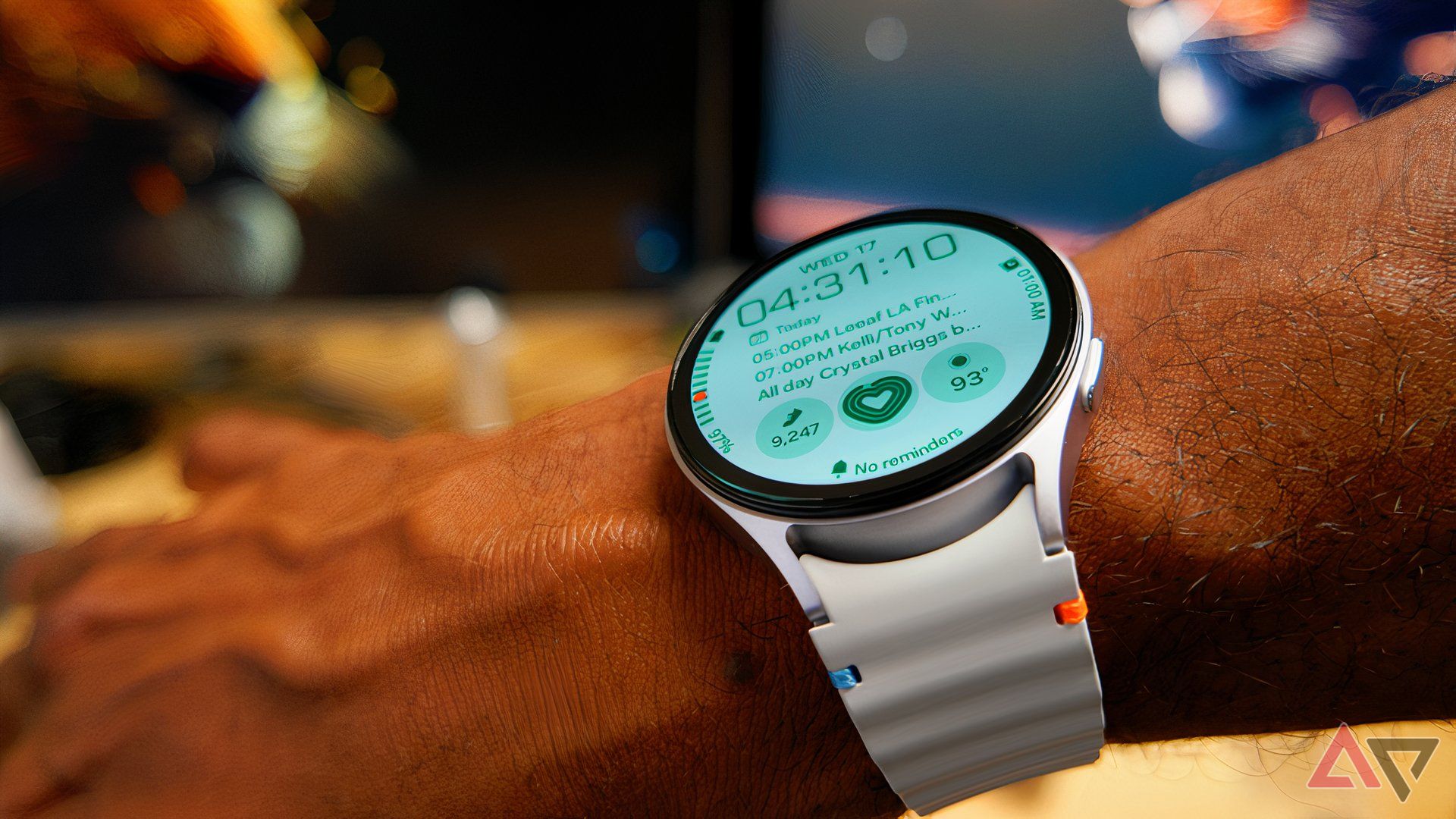
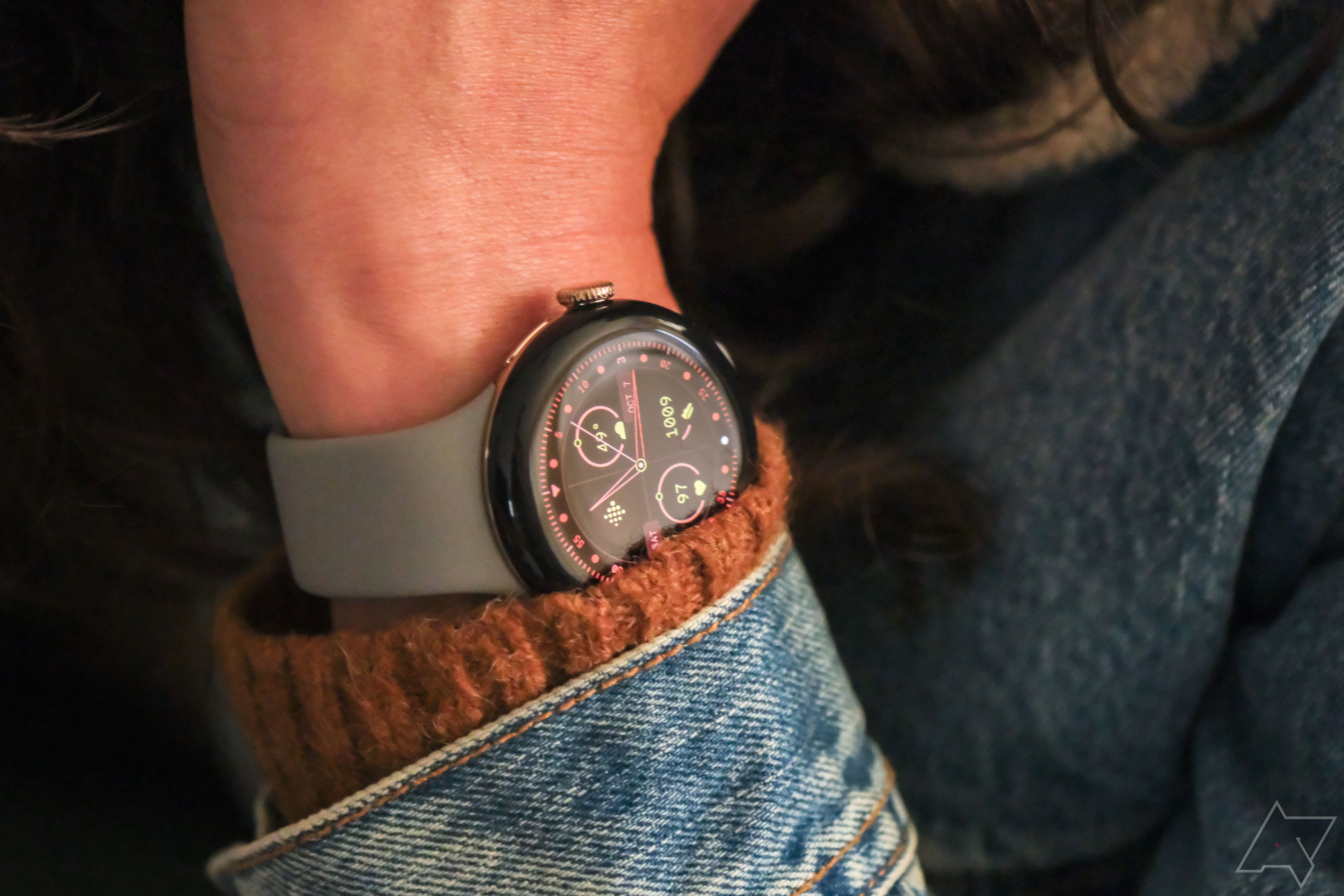
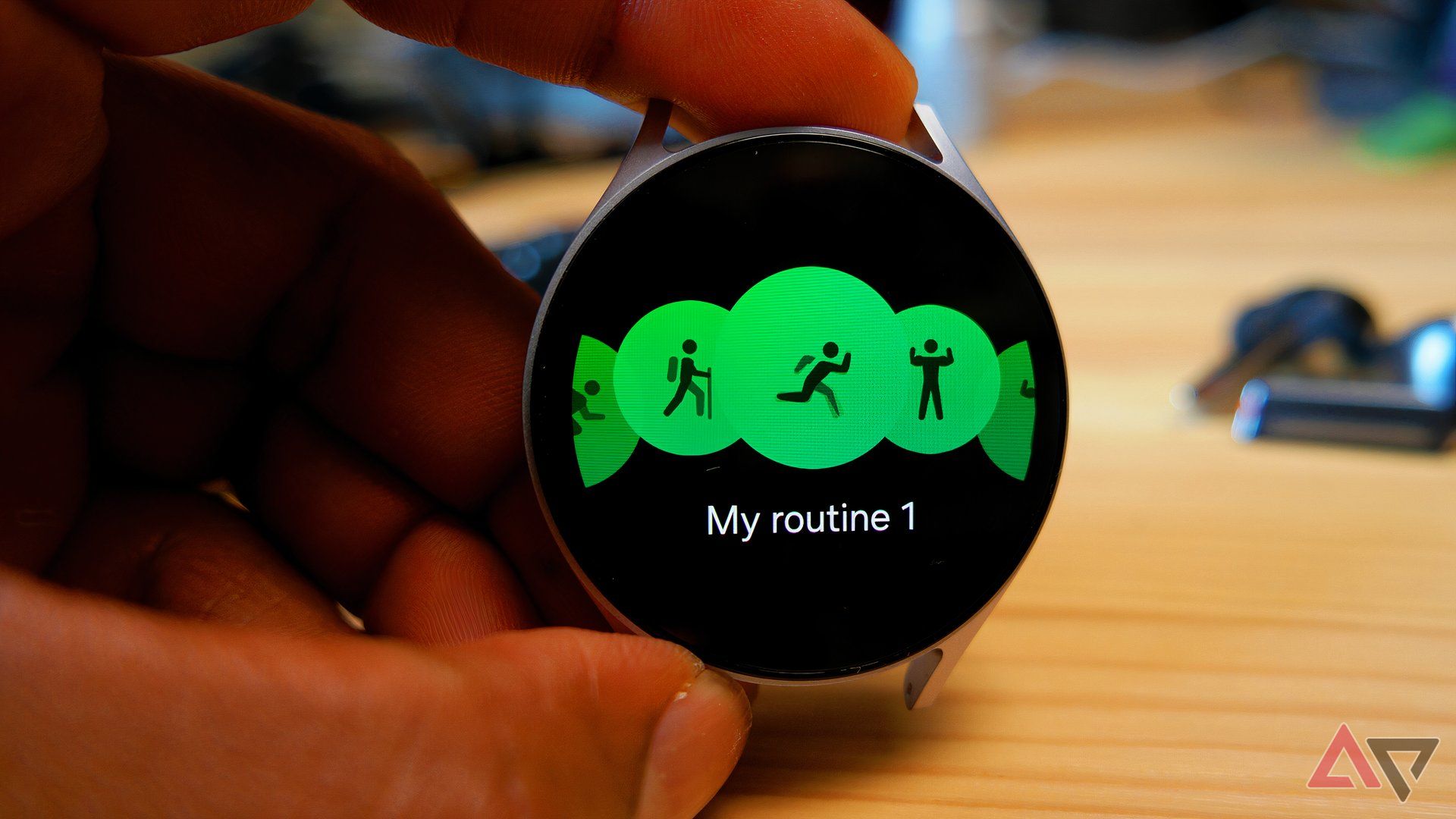
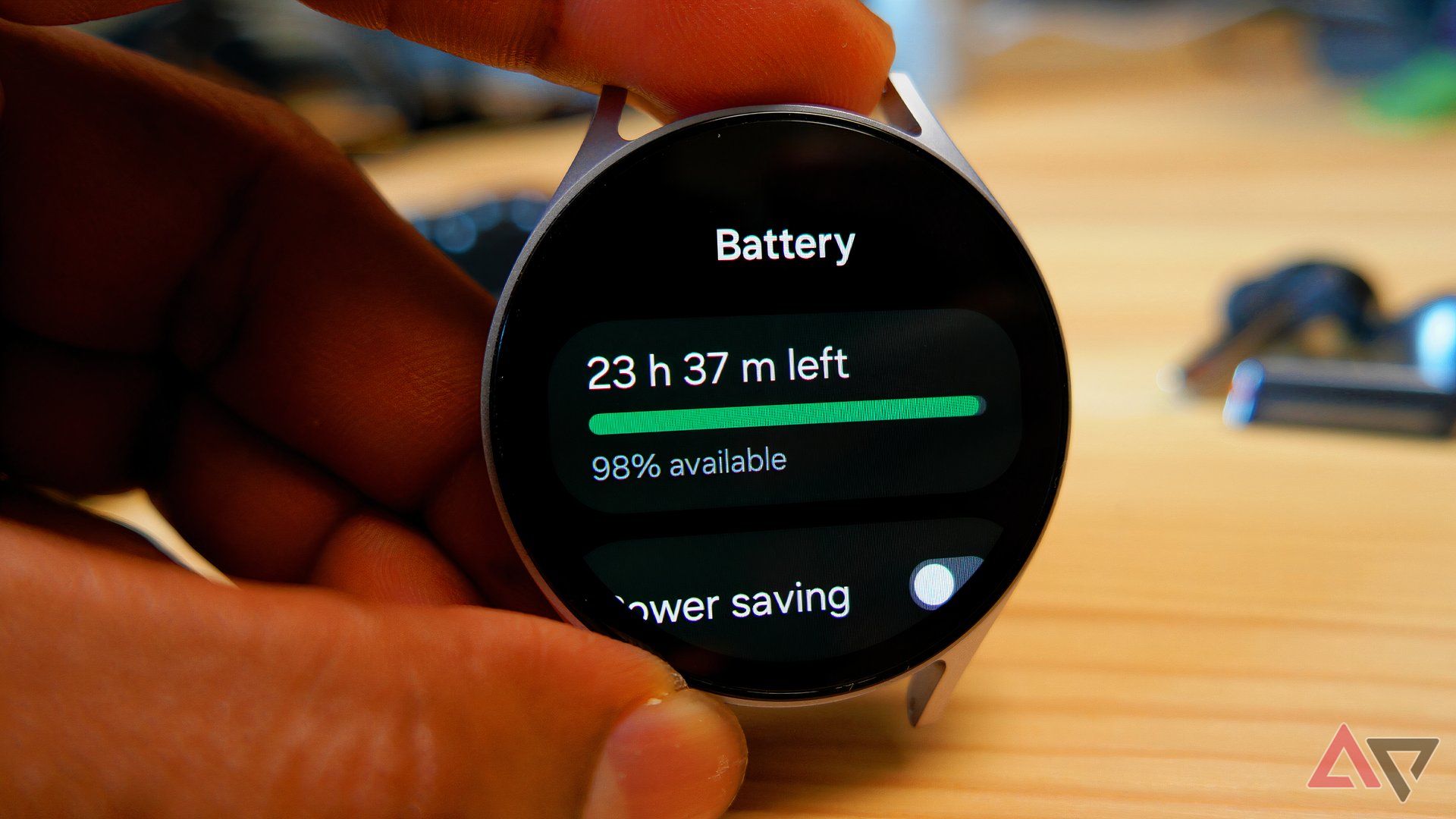

![Samsung Galaxy Z Fold 6 vs OnePlus Open: Which foldable phone is for you? [Video]](https://www.theandroid.net/wp-content/uploads/2024/09/z-fold-6-vs-oneplus-open-thumbnail-1-150x150.jpg)